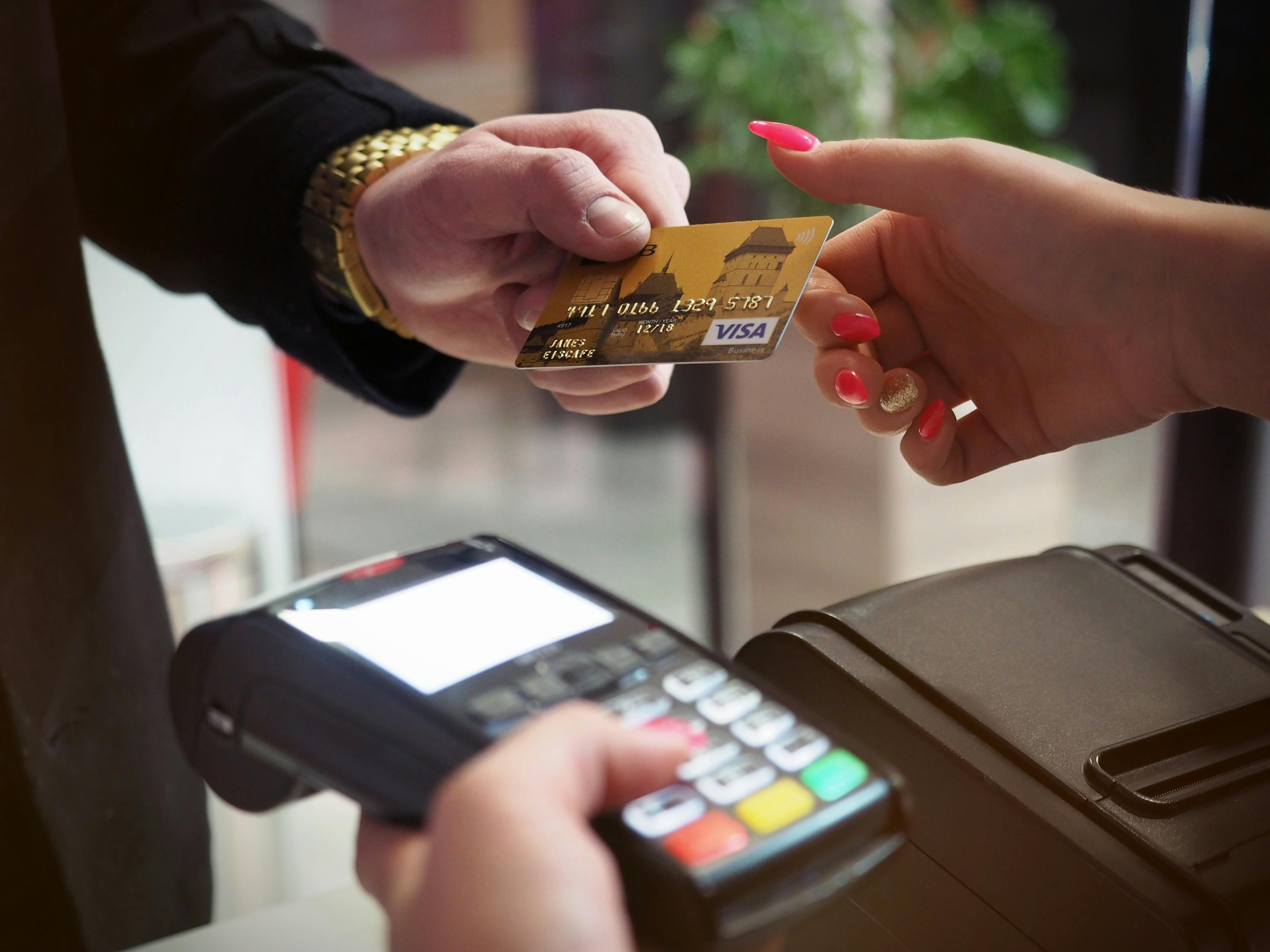Debt Payoff Strategies That Work

Debt can feel overwhelming, but with the right strategy, you can eliminate it faster than you think. The two most popular methods—debt avalanche and debt snowball—have helped millions become debt-free and reclaim their financial freedom.
The best debt payoff strategy isn't about mathematics alone; it's about psychology and sustainability. Choosing a method you'll stick with matters more than choosing the theoretically optimal approach. Both methods work when applied consistently.
The key to eliminating debt isn't finding a perfect strategy—it's committing to one approach and maintaining consistency until every debt is paid off.
Understanding Your Debt
Before choosing a payoff strategy, you need a complete picture of your debt situation. List all debts with current balances, interest rates, and minimum payments. This inventory reveals your total debt burden and helps you prioritize which debts to tackle first.
Calculate how much money you can allocate to debt beyond minimum payments. Even an extra $50-100 monthly accelerates payoff significantly through the power of focused payments. This extra amount becomes your debt payoff weapon.
Create Your Debt Inventory
| Debt Type | Balance | Interest Rate | Min Payment |
|---|---|---|---|
| Credit Card 1 | $5,000 | 22% | $125 |
| Credit Card 2 | $2,500 | 18% | $75 |
| Personal Loan | $8,000 | 12% | $200 |
| Student Loan | $15,000 | 5% | $150 |
Total Debt: $30,500 | Total Minimum Payments: $550/month
The Debt Avalanche Method
The debt avalanche method focuses on paying off debts with the highest interest rates first. Pay minimums on all debts while directing extra money to the highest-interest debt. Once that's paid off, move to the next highest rate.
How the Avalanche Works
This method minimizes total interest paid and gets you debt-free faster mathematically. High-interest debt costs you more money over time, so eliminating it first makes financial sense.
Using the example above, you'd attack the 22% credit card first, then the 18% card, then the 12% personal loan, and finally the 5% student loan. Every dollar of extra payment goes to the highest-rate debt until it's gone.
🔥 Debt Avalanche
Strategy: Highest interest rate first
Best For: Math-minded people who focus on numbers and optimization
✅ Advantages
- Saves the most money on interest
- Fastest path to debt freedom mathematically
- Optimal for high-interest debt
❌ Challenges
- May take longer to see first payoff
- Requires sustained motivation
- Less psychological momentum
⛄ Debt Snowball
Strategy: Smallest balance first
Best For: People who need quick wins and psychological motivation
✅ Advantages
- Quick wins build momentum
- Strong psychological motivation
- Simplifies monthly payments faster
❌ Challenges
- May pay more interest overall
- Takes longer mathematically
- Ignores interest rates
Avalanche Example
With $300 Extra Monthly Payment
Payment Priority:
- Credit Card 1 (22%): $125 minimum + $300 extra = $425/month
- Once paid off, Credit Card 2 (18%): $75 + $425 = $500/month
- Then Personal Loan (12%): $200 + $500 = $700/month
- Finally Student Loan (5%): All remaining funds
Estimated Payoff Time: 3.5 years | Interest Saved: ~$3,200
The Debt Snowball Method
The debt snowball method focuses on paying off debts with the smallest balance first, regardless of interest rate. Pay minimums on all debts while directing extra money to the smallest debt. Once that's paid off, roll that payment into the next smallest debt.
How the Snowball Works
This method prioritizes psychological wins over mathematical optimization. Each debt you eliminate creates momentum and motivation to tackle the next one. The "snowball" grows larger as you eliminate debts and free up more money for the next target.
Using our example, you'd pay off the $2,500 credit card first, then the $5,000 card, then the $8,000 personal loan, and finally the $15,000 student loan. Each victory fuels your motivation to continue.
Snowball Example
With $300 Extra Monthly Payment
Payment Priority:
- Credit Card 2 ($2,500): $75 minimum + $300 extra = $375/month
- Once paid off, Credit Card 1 ($5,000): $125 + $375 = $500/month
- Then Personal Loan ($8,000): $200 + $500 = $700/month
- Finally Student Loan ($15,000): All remaining funds
Estimated Payoff Time: 3.8 years | Total Interest: ~$3,800 more than avalanche
The snowball method costs slightly more in interest but has higher success rates because quick wins keep people motivated. A method you complete is better than an optimal method you abandon.
Which Method Should You Choose?
Choose Debt Avalanche If You:
- Have high-interest credit card debt (18%+ APR)
- Are motivated by numbers and optimization
- Can stay focused on long-term goals
- Want to minimize total interest paid
- Have relatively similar debt balances
Choose Debt Snowball If You:
- Need psychological wins to stay motivated
- Have struggled with debt repayment before
- Have several small debts under $2,000
- Value simplification (fewer bills to manage)
- Respond well to visible progress
The Hybrid Approach
Some people combine both methods strategically. Start with the snowball to eliminate small debts quickly and build momentum, then switch to avalanche for remaining high-interest balances. This provides early wins while optimizing later stages.
Accelerating Your Debt Payoff
1. Find Extra Money
The more you can throw at debt, the faster you'll be free. Consider these options:
- Start a side hustle for extra income
- Sell unused items on Facebook Marketplace or eBay
- Cut discretionary spending temporarily
- Use tax refunds and bonuses for debt
- Negotiate a raise at your current job
- Pick up overtime hours if available
2. Lower Your Interest Rates
Reducing interest rates accelerates payoff without increasing payments:
- Balance Transfer Cards: 0% APR for 12-21 months on transferred balances
- Personal Loans: Consolidate high-interest debt at lower rates
- Call Your Creditors: Request lower rates, especially if you have good payment history
- Credit Union Loans: Often offer better rates than traditional banks
If you qualify for a 0% balance transfer card, use it strategically. Transfer high-interest debt, then use the avalanche or snowball method to pay it off before the promotional period ends.
3. Automate Your Payments
Set up automatic extra payments on payday. Automation removes the temptation to spend extra money elsewhere and ensures consistent progress. Treat debt payments like mandatory bills.
4. Use Windfalls Strategically
Direct unexpected income toward debt: tax refunds, work bonuses, gifts, inheritance, or side gig earnings. Even a single $1,000 payment can shave months off your debt timeline.
Staying Motivated During Debt Payoff
Track Your Progress Visually
Create a debt payoff chart or thermometer. Color in sections as you pay down debt. Visual progress is incredibly motivating and helps you see how far you've come.
Celebrate Milestones
When you pay off a debt, celebrate appropriately. Have a nice (inexpensive) dinner, take a day trip, or buy yourself a small reward. Acknowledging progress prevents burnout.
Join a Community
Connect with others on debt payoff journeys through online communities, social media groups, or local meetups. Sharing experiences and victories keeps you motivated when the journey feels long.
Remember Your "Why"
Write down why you want to be debt-free: financial security, buying a home, starting a business, retiring early, reducing stress. Review this regularly when motivation wanes.
Common Debt Payoff Mistakes
Mistake 1: Not Having an Emergency Fund
Save a small emergency fund ($1,000) before aggressively attacking debt. Without this buffer, unexpected expenses force you back into debt, derailing progress.
Mistake 2: Continuing to Accumulate Debt
Stop using credit cards while paying off debt. If you can't trust yourself, freeze cards in a block of ice, cut them up, or lock them away. You can't dig out of a hole while still digging.
Mistake 3: Ignoring the Budget
Debt payoff requires a budget. Know where every dollar goes. Use the 50/30/20 rule, zero-based budgeting, or any system that ensures you're maximizing debt payments.
Mistake 4: Paying Only Minimums
Minimum payments keep you in debt for decades. A $5,000 credit card at 22% APR with $125 minimum payments takes 25 years to pay off and costs $8,600 in interest. Find extra money to accelerate payoff.
Mistake 5: Not Addressing the Root Cause
Debt is often a symptom of deeper issues: overspending, lifestyle inflation, lack of budgeting, or inadequate income. Address these underlying problems or you'll end up in debt again.
After You're Debt-Free
Once you've eliminated all debt except your mortgage, redirect those payments toward wealth-building:
- Max out retirement accounts (401k, IRA)
- Build a fully-funded emergency fund (3-6 months expenses)
- Save for major purchases (house, car) with cash
- Invest in taxable brokerage accounts
- Pursue financial independence and early retirement
The discipline and habits you built during debt payoff become powerful wealth-building tools. Many people who eliminate $30,000 in debt can build $30,000 in savings within 1-2 years using the same focused approach.
Real Success Stories
Amanda paid off $42,000 in student loans in 3 years using the avalanche method combined with side hustles. She drove for a rideshare service on weekends and sold crafts online, directing all extra income to debt.
The Martinez family eliminated $65,000 in mixed debt (credit cards, car loans, personal loans) in 4.5 years using the snowball method. They cut their budget to essentials, sold one car, and celebrated each debt payoff with a family game night.
Conclusion
Debt freedom is achievable with the right strategy and commitment. Whether you choose the avalanche method for mathematical optimization or the snowball method for psychological momentum, the key is starting today and staying consistent.
List your debts, choose your method, find extra money to pay them, and commit to the journey. Financial freedom awaits on the other side of debt. Your future self will thank you for the sacrifices you make today.
Remember: The best debt payoff method is the one you'll actually complete. Choose your strategy, commit fully, and don't stop until you're completely debt-free.
